In a world saturated with text-to-image AI tools, Google has thrown a curveball with Whisk. This experimental tool, born in the depths of Google Labs, allows users to generate new images using existing ones as inspiration, rather than relying on detailed text prompts. Launched in December 2024, Whisk offers a unique approach to AI image generation, focusing on visual exploration and creative brainstorming. This article dives deep into the mechanics, potential, and limitations of this intriguing new tool.
How Does Whisk Work?
Whisk leverages the power of Imagen 3, Google’s advanced image generation model. Instead of interpreting complex textual descriptions, it analyzes the visual information in an uploaded image. Users can specify the desired subject, scene, and style by providing corresponding images. For instance, you could use a picture of a cat as the subject, a beach scene as the background, and a painting by Van Gogh as the style. Whisk then blends these elements to generate a unique image reflecting the input.
My First Encounter with Whisk
Eager to explore this novel approach, I immediately signed up for the waitlist and was granted access within a few days. The interface was surprisingly simple. I uploaded a picture of my dog as the subject, a forest path as the scene, and a photo of a vibrant watercolor painting to dictate the style. Within seconds, Whisk presented me with a captivating image of my dog frolicking through a forest path, rendered in a beautiful watercolor style. It wasn’t a photorealistic representation, but rather a creative interpretation that captured the essence of my input.
The Advantages of Image-Based Prompts
Whisk offers several advantages over traditional text-based AI image generators:
- Intuitive Creation: Visual prompts can be more intuitive than translating ideas into words. This is particularly beneficial for users who struggle to articulate their vision in text form.
- Faster Iteration: Experimenting with different visual styles becomes quicker and easier, allowing for rapid exploration of creative concepts.
- Unexpected Results: The process often leads to unexpected and surprising outcomes, sparking new ideas and pushing creative boundaries.
Limitations and Challenges
While Whisk presents a fascinating new approach, it’s not without limitations:
- Control Over Details: Fine-grained control over specific details remains a challenge. The generated images capture the overall essence of the input but may not precisely replicate desired elements.
- Limited Editing Capabilities: Currently, Whisk focuses on generating new images rather than editing existing ones.
- Potential for Misinterpretation: As with any AI, there’s potential for misinterpretation of visual input, leading to unexpected or undesired results.
The Future of Whisk
Whisk is still in its early stages, but its potential is undeniable. As the technology matures, we can expect to see improvements in precision, control, and editing capabilities. Google has hinted at future integration with other products like YouTube Shorts and VideoFX, opening up exciting possibilities for AI-driven video creation.
The Implications for Creativity and Design
Whisk has the potential to democratize AI image creation, making it accessible to a wider audience, regardless of their language skills or technical expertise. By simplifying the process and encouraging visual exploration, it could empower artists, designers, and everyday users to express their creativity in new and exciting ways.
Google’s Whisk is a refreshing departure from the norm, offering a unique and intuitive approach to AI image generation. While still in its experimental phase, it presents a glimpse into the future of visual creativity, where images themselves become the building blocks of imagination. Whether you’re an artist seeking inspiration or simply curious about the possibilities of AI, Whisk is definitely worth exploring.

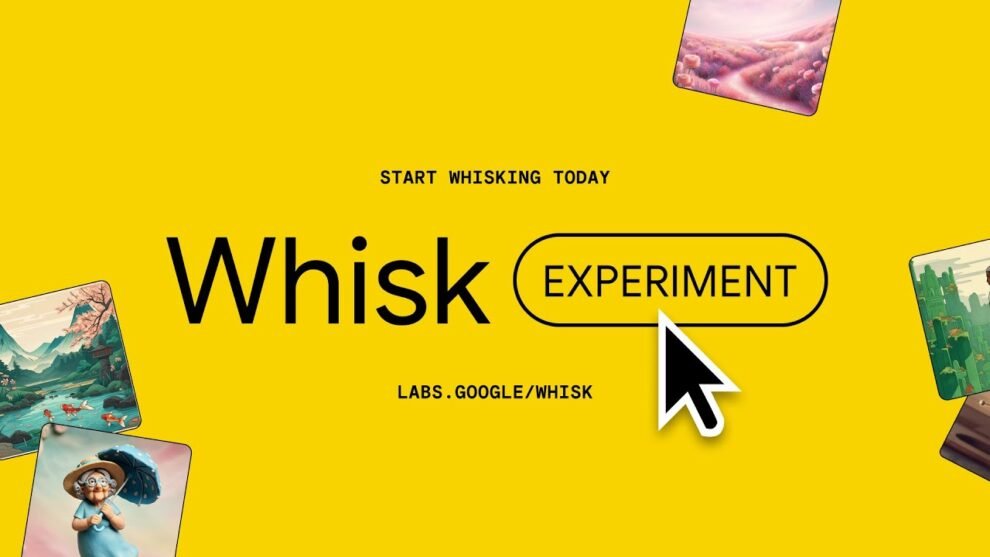

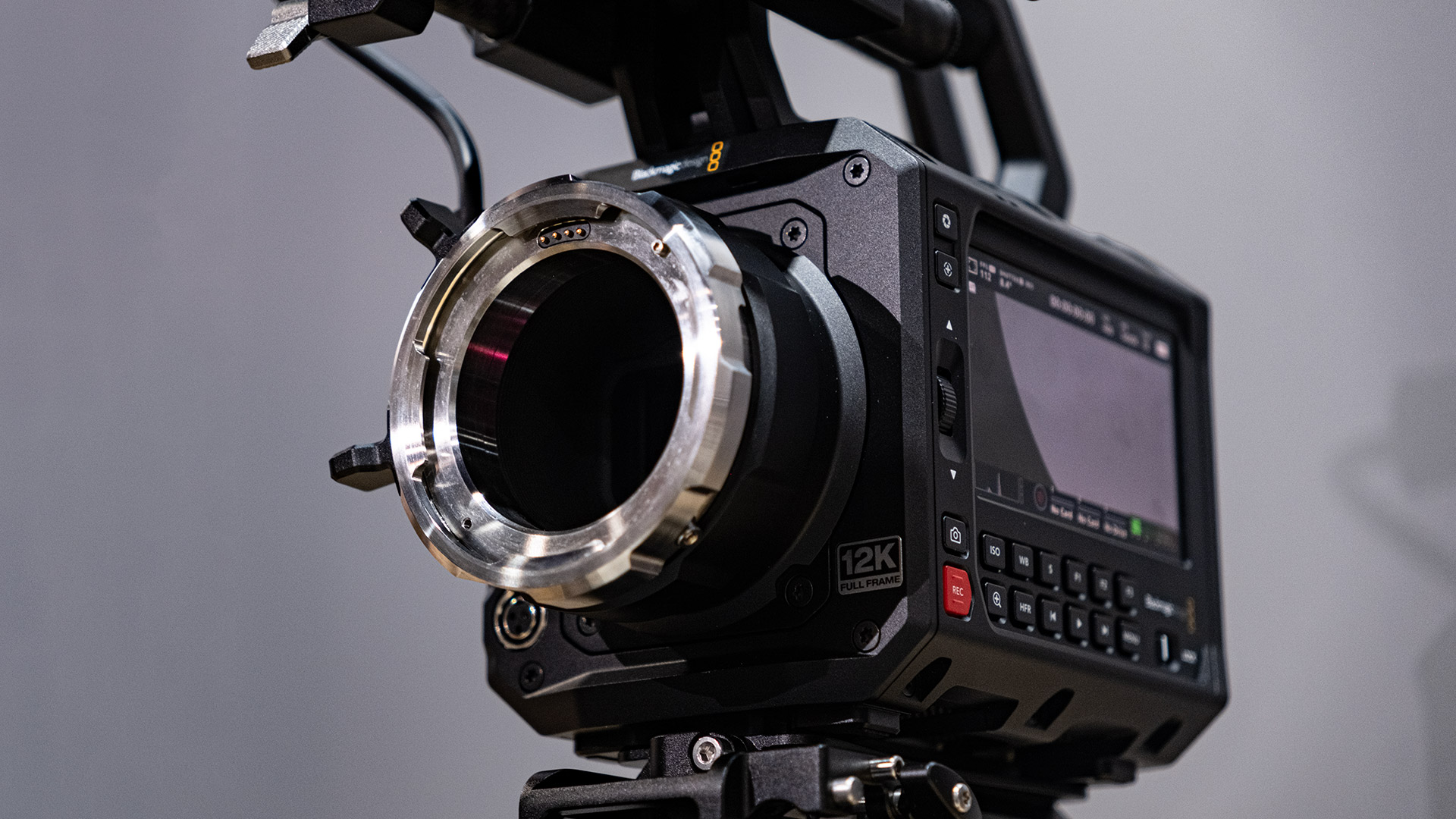

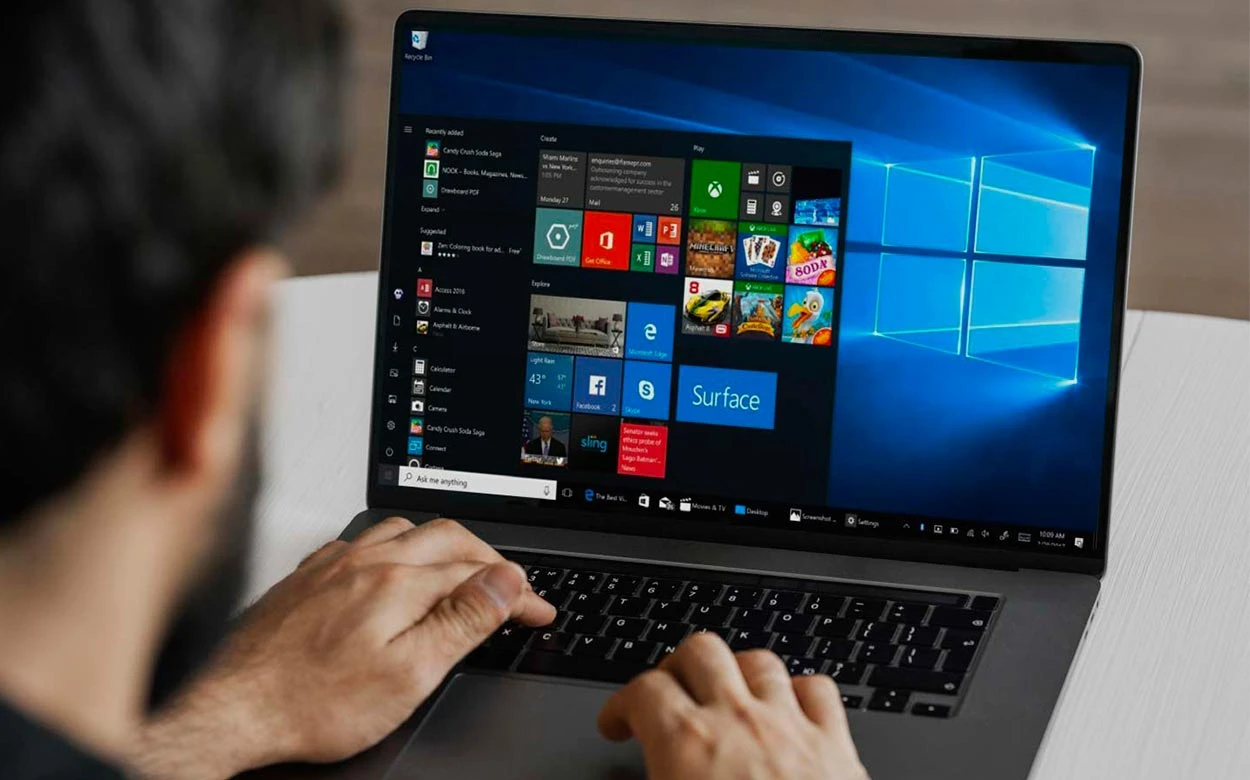
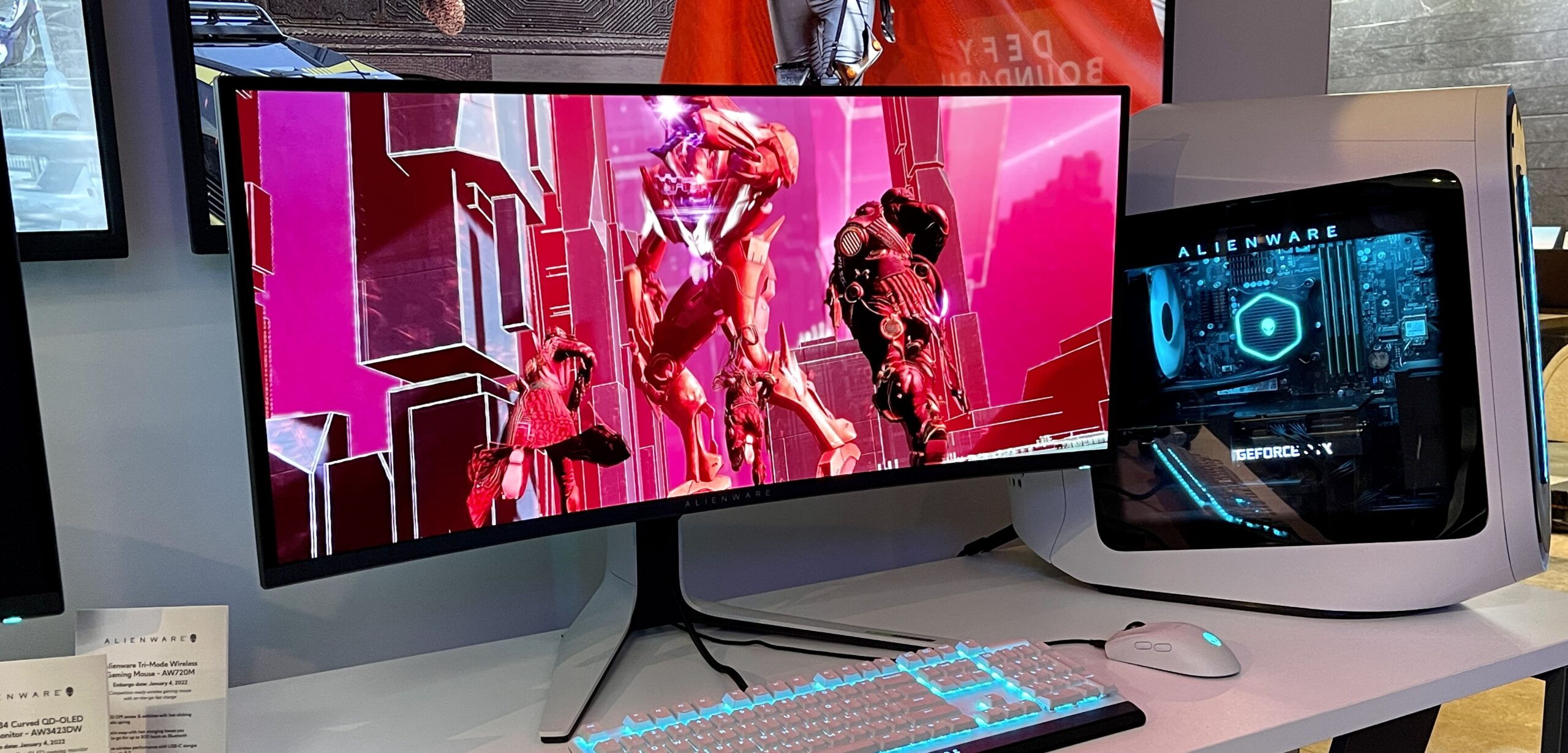
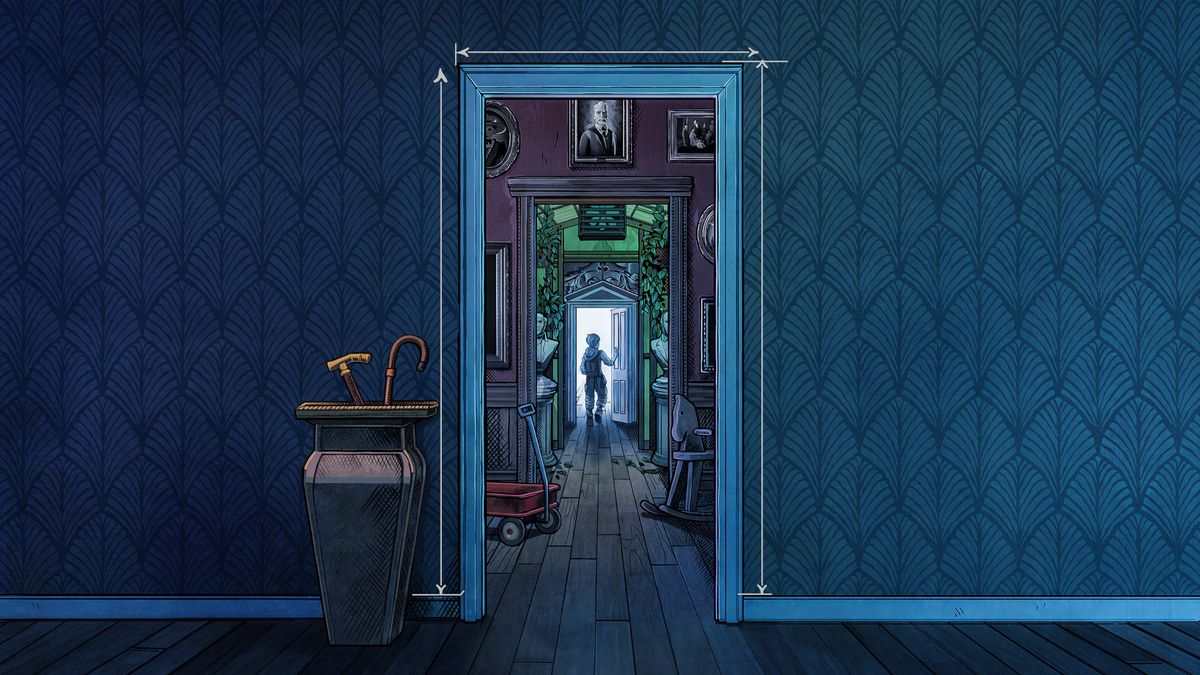

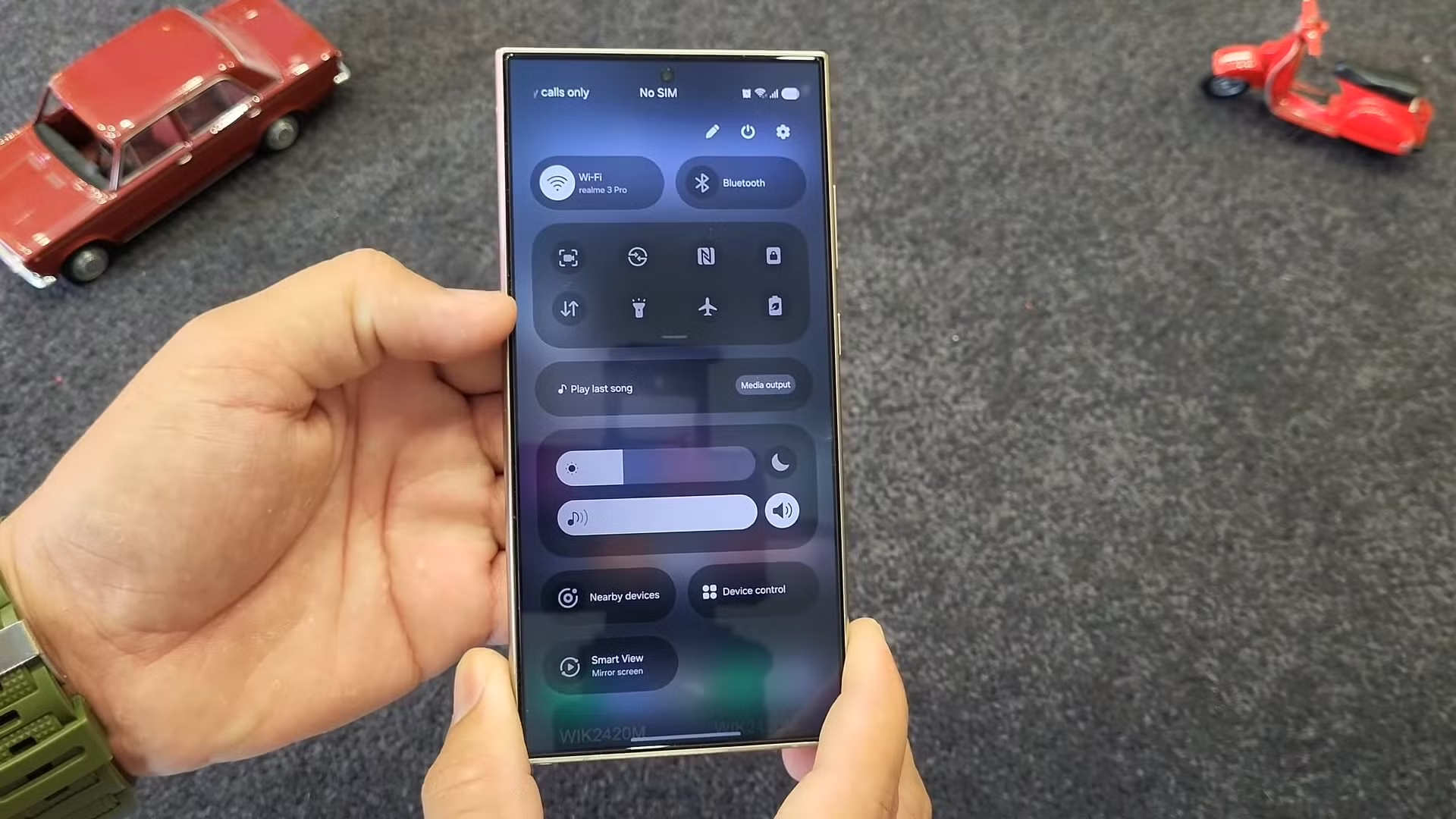
Add Comment